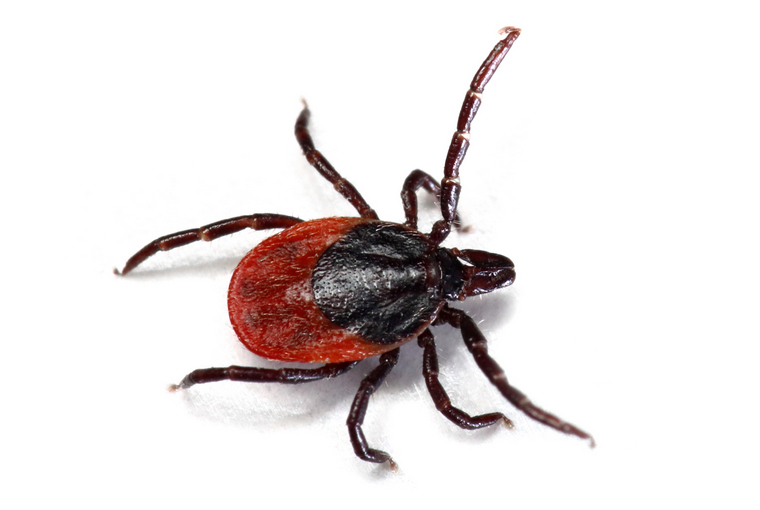Tick season in full swing

With the arrival of summer-like weather, the province is reminding everyone to take precautions to prevent tick bites and reduce the risk of Lyme disease.
The potentially serious infection can result from being bitten by an infected black-legged tick, which can be found nearly anywhere outdoors in Ontario – particularly in wooded areas or areas with tall grasses and bushes.
“Now that warmer weather is finally here, we want to ensure Ontarians know how to protect themselves from Lyme disease and other tick-borne illnesses,” Deputy Premier and Minister of Health Christine Elliott stated.
“The areas where ticks can be found are spreading, and as a result, more Ontarians are at a greater risk of getting a tick bite. By taking simple precautions, you can protect yourself and your family so that we can all enjoy the outdoors safely.”
Protect yourself by:
- Wearing light-coloured clothing so it’s easier to spot ticks.
- Wearing long-sleeved shirts, long pants tucked into your socks, and closed-toed shoes.
- Using an insect repellent with DEET or icaridin in it, which is effective and safe when applied as directed on the label.
- Staying on marked trails.
- Checking yourself, your children, and your pets after being outdoors and removing any ticks promptly, and washing your clothes after an outdoor activity.
Tick facts
- Infected black-legged ticks can be found almost anywhere in the province, and there have been over 2,000 cases of Lyme disease in Ontario since 2019.
- Early symptoms may include fever, headache, muscle and joint pain, fatigue and an expanding rash.
- If left untreated, Lyme disease can make you feel tired and weak. In severe cases, it can affect your heart, nerves, liver and joints, and, in very rare cases, cause death.
- While ticks are most active in spring and summer, they can be found during any time of the year when the temperature is above freezing.
Source: Province of Ontario
